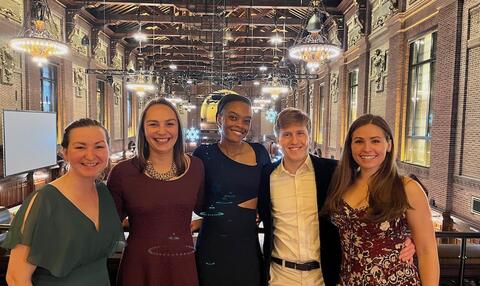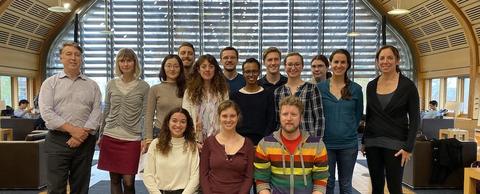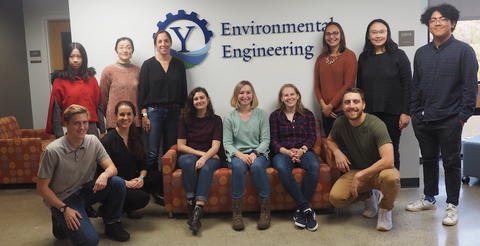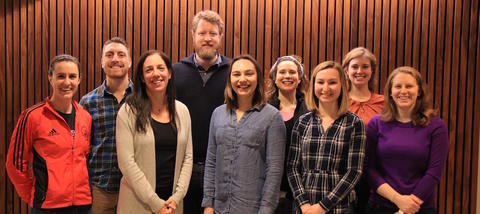Welcome
The Zimmerman Lab
The Zimmerman lab’s work demonstrates the synergistic benefits of integrating engineering design and policy strategies to effectively address concerns environmental concerns to advance the goal of sustainability [1-4]. Approaching sustainability from a design perspective requires a fundamental conceptual shift from the traditional “cradle to grave” industrial system towards systems that consider the entire life cycle, efficiently and effectively utilize materials and energy, and rely on benign and renewable feedstocks wherever possible as described by the “Principles of Green Engineering” [5, 6]. This seminal work along with Julie Zimmerman’s other extensive writings have played a significant role in defining the evolution of the field of environmental engineering in the context of sustainability, including new pedagogy and assessment techniques [7, 8] as well as demonstrating the importance of unintended consequences from emerging technologies or policies [9]. Zimmerman’s effectiveness of combining fundamental research within a broader sustainability context is reflected in the three principle areas of engagement in her research: 1) enabling the integrated biorefinery, 2) developing novel, green sorbents for inorganic contaminants, and 3) informing the design of safer chemicals and nanomaterials.
References
-
Milhelcic, J.R. and J.B. Zimmerman, Environmental Engineering: Fundamentals, Sustainability, Design. 1 ed. 2009, New York: Wiley, John & Sons, Incorporated. 720.
-
Matus, K.J.M., X. Xiao, and J.B. Zimmerman, Green Chemistry and green engineering in China: drivers, policies and barriers to innovation. Journal of Cleaner Production, 2012. 32: p. 193-203.
-
Matus, K.J.M., J.B. Zimmerman, and E. Beach, A Proactive Approach to Toxic Chemicals: Moving Green Chemistry Beyond Alternatives in the “Safe Chemicals Act of 2010. Environmental Science & Technology, 2010. 44(16): p. 6022-6023.
-
Mulvihill, M.J., et al., Green Chemistry and Green Engineering: A Framework for Sustainable Technology Development. Annual Review of Environmental and Resources, 2011. 36: p. 271 - 293.
-
Anastas, P.T. and J.B. Zimmerman, Design through the 12 principles of green engineering. Environmental Science and Technology, 2003. 37(5): p. 94A-101A.
-
McDonough, W., et al., Applying the Principles of Green Engineering to Cradle-to-Cradle design. Environmental Science and Technology, 2003. 37(23): p. 434A-441A.
-
Vanasupa, L., et al., The Systemic Correlation Between Mental Models and Sustainable Design: Implications for Engineering Educators. International Journal of Engineering Education, 2010. 26(2): p. 438-450.
-
Zimmerman, J.B. and J. Vanegas, Using Sustainability education to enable the increase of diversity in science, engineering and technology-related disciplines. International Journal of Engineering Education, 2007. 23(2): p. 242-253.
-
Eckelman, M.J., P.T. Anastas, and J.B. Zimmerman, Spatial Assessment of Net Mercury Emissions from the Use of Fluorescent Bulbs. Environmental Science & Technology, 2008. 42(22): p. 8564-8570.













